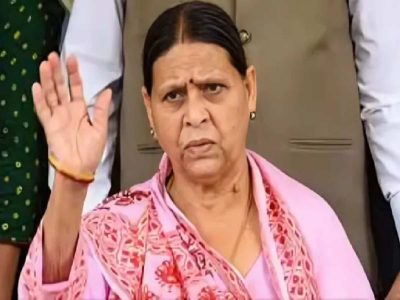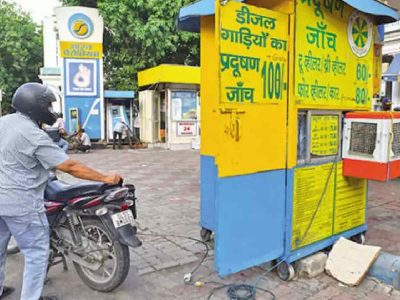The Delhi Metro began operations in December 2002 with an 8.2 kilometre corridor connecting six Red Line stations. By 2022, it has expanded to a network of over 390 km, capping a dramatic 20 years of development.
Hiroshi Suzuki, the ambassador of Japan to India, and Vikas Kumar, the managing director of Delhi Metro Rail Corporation attended a special commemoration ceremony that took place at the Welcome metro station.
In his speech, the envoy placed special focus on the close diplomatic and cultural relations between the two nations, using Delhi Metro as an example.
The Japanese representative subsequently unveiled a spectacular permanent exhibition at Welcome station to commemorate 20 years of Delhi Metro operations.
At the show, rare archival pictures and vintage news footage have been on display. Additionally, it highlights the collaboration between Delhi Metro and the Japan International Cooperation Agency (JICA) and other Japanese organisations that have helped Delhi Metro so far.
Saito Mitsunori, Chief Representative, JICA India Office, was also present on the occasion, and addressed the gathering.
A day after then-prime minister Atal Bihari Vajpayee opened the DMRC’s first stretch, an 8.2-kilometer route with only six stations from Shahdara to Tis Hazari, the Delhi Metro started operating for pay on December 25, 2002.
To mark the two decades of operations, Delhi Metro on Saturday ran a special train, which was flagged off by Vajpayee on December 24, 2002.
The special run of the six-coach train between Kashmere Gate station and Welcome station on the Red Line took place today, a senior official said. “It is an exciting milestone for the DMRC,” the source added.
According to sources who spoke to PTI earlier, the rush the day following the first-ever corridor’s 2002 opening was so intense that authorities had to issue paper tickets to manage the flow of travellers.
Since the introduction of the state-of-the-art rapid transit system was such a novel means of transportation in the city at the time, the DMRC had to place advertisements in newspapers to reassure the public that it was here to stay.
According to officials, DMRC trains travel 400–600 kilometres and operate 16–18 hours each day on average.
Currently, there are 286 stations and almost 392 kilometres of the DMRC network (including the Noida Greater Noida Metro Corridor and Rapid Metro, Gurgaon).
Among the historical records on display as part of a permanent exhibition at Kashmere Gate station, which was inaugurated by the DMRC in December, are rare photographs of the very first piling work completed for building the Delhi Metro and old newspaper clippings.
The installation, titled “Tracing Delhi Metro’s Journey,” was unveiled at the Kashmere Gate metro station to commemorate the beginning of the 20th year of operations for the Delhi Metro Rail Corporation, according to the officials.
In order to reach Rithala in Delhi and New Bus Stand (Shaheed Sthal) in Ghaziabad, the Red Line has now been extended on both sides.
(With inputs from PTI)
Follow us on:
Instagram: instagram.com/thepatriot_in/
Twitter: twitter.com/Patriot_Delhi
Facebook: facebook.com/Thepatriotnewsindia





